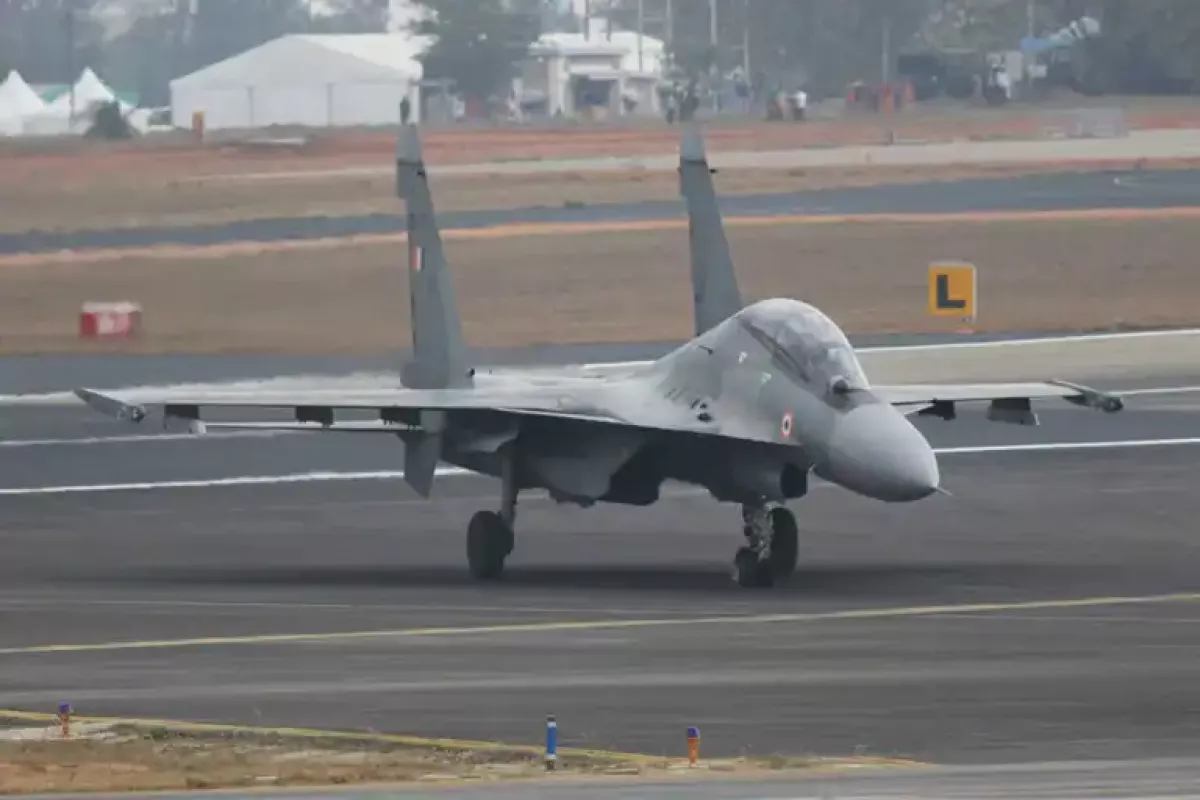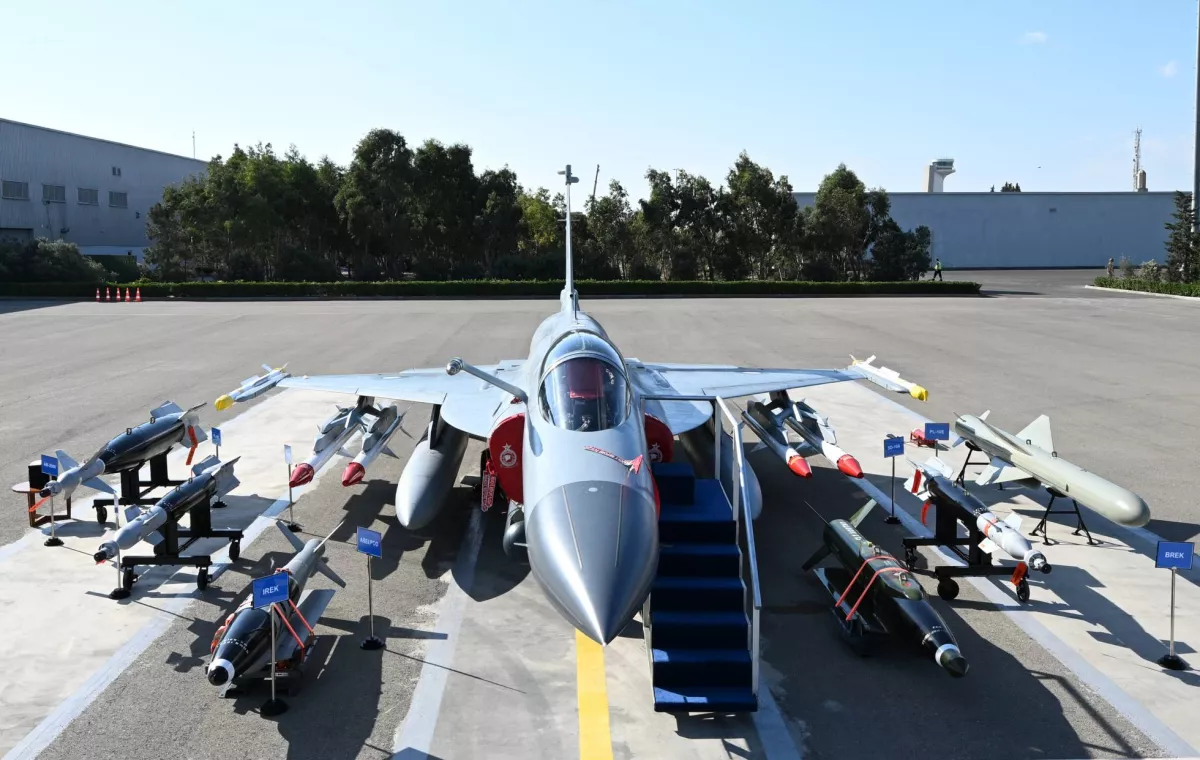Defence Security Asia: Aerial arms race in the South Caucasus JF-17 vs Su-30MKI
The Malaysian website Defence Security Asia has published an article focusing on the intensifying air power competition in the South Caucasus. Caliber.Az presents selected excerpts from the article for its readers.
In a bold recalibration of its airpower strategy, Armenia is intensifying high-level negotiations with India to acquire the Su-30MKI fighter aircraft, following Azerbaijan’s landmark $4.6 billion deal to procure 40 JF-17 Thunder Block III jets from Pakistan.
Yerevan’s renewed focus on India’s Su-30MKI—an advanced multirole platform co-developed with Russia—reflects its urgent need to counterbalance Baku’s acquisition of next-generation Chinese-Pakistani airpower.

Defence analysts believe Armenia views the Su-30MKI as a strategic equalizer against Azerbaijan’s JF-17 Block III fleet, which is expected to significantly shift the regional balance of airpower.

India has, over recent years, emerged as a critical defence partner for Armenia, supplying a range of advanced systems including the Akash-1S medium-range surface-to-air missile system and the Pinaka multiple launch rocket system (MLRS).
Beyond India, Armenia has expanded its defence procurement portfolio by engaging with France, securing Caesar self-propelled howitzers from Nexter Systems as part of a broader effort to diversify its weapons suppliers.
Dassault Aviation has offered the Rafale fighter to Armenia; however, concerns over cost and its reported underperformance during a recent India-Pakistan air clash may have diminished Yerevan’s enthusiasm for the French-made aircraft.

During that high-stakes confrontation, three Indian Air Force Rafales were allegedly shot down by Pakistan Air Force J-10CE fighters equipped with PL-15 long-range air-to-air missiles—raising serious questions over Rafale’s survivability in heavily contested airspace.
This incident has amplified Armenia’s interest in the Su-30MKI, a platform that offers robust performance, multirole flexibility, and cost-efficiency—all underpinned by Indian logistical and technical support.
“While Yerevan is expected to explore multiple options to bolster its airpower, it is likely to focus on acquiring India-built Su-30MKIs, which are far more cost-effective than French Rafales,” said Sam Lichtenstein, Director of Analysis at risk intelligence firm RANE, in an interview with Forbes.
“Moreover, while much remains unclear about last month’s India-Pakistan confrontation, claims that India’s Rafale fleet underperformed could further influence Armenia’s strategic decision-making,” he added.
Azerbaijan’s confirmed acquisition of 40 JF-17 Block III fighters marks a major export milestone for the Pakistan-China jointly developed platform, signaling a shift in regional procurement dynamics.

Co-developed by the Pakistan Aeronautical Complex (PAC) and Chengdu Aircraft Corporation (CAC), the JF-17 Block III integrates Chinese fifth-generation technologies inspired by the J-20 “Mighty Dragon,” including an AESA radar and advanced electronic warfare systems.
The Azerbaijani Air Force is expected to use the new fleet to replace aging Russian-made MiG-29s, thereby enhancing its operational readiness and striking capabilities.
Strategically, the JF-17 deal reflects a growing Beijing-Islamabad footprint in the Caucasus, breaking into a market historically dominated by Russian arms exports.

India, meanwhile, is leveraging its defence-industrial base to project aerospace power through the Su-30MKI—a heavily customized derivative of the Russian Su-30 produced domestically by Hindustan Aeronautics Limited (HAL).
With more than 270 Su-30MKIs already in service with the Indian Air Force, the aircraft features Indian-developed avionics, electronic warfare systems, and long-range BVR missiles such as the Astra Mk1 and Mk2.
Armenia is viewed as a key prospective export customer for the platform, with ongoing talks suggesting interest in acquiring between eight to twelve Su-30MKIs.
“India would likely also be interested in supplying these systems to counter Azerbaijan’s acquisition of fighters from Pakistan, its traditional rival,” Lichtenstein said.
“Apart from seeking new fighter jets to match Azerbaijan’s airpower, Armenia is also expected to enhance its air defence capabilities through systems from India, Iran, and possibly other countries,” he added.








